|
The top of the sales funnel offers a clear objective for marketers: make prospects aware of the brand, and convince them they should learn more about it. The bottom of the funnel is equally clear-cut: close the deal with an interested lead.
But what about the middle of the funnel (MOFU)? For many sales and marketing teams, the middle-of-the-funnel stage is a nebulous "gray area" where the division of responsibilities between the two departments becomes murky. As a result, leads get stuck in no-man's-land. In fact, of all three of the core stages in the sales funnel, the middle may be the most challenging to navigate. The good news is, with some careful planning and good communication, the middle of the funnel can be a powerful driver of sales, instead of a frustrating bottleneck. And at the end of the day, a lot of MOFU success comes down to effective collaboration. Key Collaboration Items For Middle-of-Funnel Content Let's talk about some key MOFU items your sales and marketing teams should collaborate on — items that can move the needle on your metrics in the bottom part of the funnel. These include:
The bottom line is, marketers are responsible for creating great content and automation, and salespeople can provide insights as to how leads decide whether to buy. Sales and marketing should have a "symbiotic relationship" when it comes to the middle of the funnel stage. When marketers focus on their role of communicating benefits to leads — from the first moment they make contact via a social post, ad, or landing page — and sales reps focus on closing deals with messaging aligned to marketing materials, the overall result will be more leads in the pipeline and more sales being made. All Leads Are Not Created Equal It's also important to keep in mind that not all leads are created equal when it comes to the middle of the funnel. It's important for your sales and marketing teams to be in alignment about what constitutes a valuable lead, and how sales should approach different touch points with leads. What motivates one client to buy from your brand may be totally different from what motivates another. For example, one lead may be in the early stages of researching solutions to a problem. They may interact with your middle-of-funnel content, but not be anywhere close to actually purchasing from your brand. On the other hand, a second lead may have already researched solutions for some time and is re-engaging with your content with the intent of eventually making a purchase. Obviously, the second type of lead will be more immediately valuable to your company. With that in mind, it's important that your sales and marketing teams work together to identify which leads are higher-value, and how to most effectively approach them after an interaction. At the same time, they should develop strategies to nurture marketing-qualified leads, and eventually nudge them into becoming sales-qualified. Designing diverse MOFU content is often the best way to cover all your bases. You want content that will convince eager leads to take the next step (maybe data-driven content like white papers and e-books), as well as easily digestible content to keep your brand top of mind for leads who are still on the fence (infographics, blog posts, and so forth). It's Not Just About Numbers, It's About Purpose Having well-defined lead segments and value scores will help make the entire lead generation process more purposeful during the middle-of-funnel stage. Having a large volume of leads is great... unless most of those leads are unlikely to become paying customers. It's much better to have 50 leads in your pipeline that are likely to buy vs. having 500 leads who will almost certainly not do business with you. The middle of the funnel is where you can start weeding out leads with low value and focus on the leads that are most likely to go somewhere. CTAs in your content can become great "lead filters." For instance, a financial services company may publish a blog post with a CTA to sign up for their free newsletter. When leads do so, they may be classified as sales-qualified leads, which will trigger outreach from one of your sales reps. It's true that the middle of the sales funnel can pose some challenges in terms of which department should take action, and which actions they should take. But with a purposeful, deliberate approach, and a lot of good collaboration, you can create a framework for success in terms of your content and customer interactions. And when it's all said and done, you'll be in prime position to enjoy the benefits of improved sales performance. Learn More A healthy relationship between sales and marketing is vital to an organization’s success. Dive deep into this effective strategy in a new book called Sales & Marketing Alignment. If you'd like more insights on how you can improve your sales leadership, contact us. Or sign up for our newsletter for more valuable resources. Moving customers through each stage of the sales funnel is an important function of your sales and marketing teams. Of course, they need to be in alignment with each other if this process is going to be as smooth and seamless as possible. They also need to deploy the right activities at the right time for best results.
What are some of the activities your team should be doing at each stage of the sales funnel? Let's discuss five for each phase: top (awareness), middle (evaluation), and bottom (decision). Top of Funnel Activities 1. Newsletters These are a great way to provide information that leads need to know about their situation. Highlight the benefits that your product or service offers, and how you can make their lives better, or solve a particular problem. 2. Social media posts Social media is an excellent channel for connecting with prospects and increasing brand awareness. Make sure your team is providing a steady stream of relevant content for users who may be unfamiliar with your company. 3. Marketing email sequences Automated email sequencing is a great "set it and forget it" technique that can help move leads from the top of the funnel to the middle stage. Use those templates to provide educational content, and capture data points that measure each lead's level of interest. 4. Invitations Invite top-of-funnel leads to events where they can learn more about your company and your offerings. These events could include on-demand videos, webinars, panel discussions, product demonstrations, and workshops, to name just a few. 5. Thought leadership Building trust is crucial at each stage of the funnel, especially when interacting with leads who are unfamiliar with your brand. When your team develops high-quality educational content that delivers real value to prospects — and even creates an "a-ha moment" for them — then they'll be much more likely to progress to the middle stage of the funnel and evaluate your company further. Middle of Funnel Activities 1. Presentations and webinars Now that your leads are actively evaluating your solutions, it's important to provide them with meatier data to chew on. Presentations like panel discussions, webinars, and workshops are among the many educational opportunities that can help leads understand the value you provide more clearly. Your prospects will also be able to "mentally experience" what it would be like to partner with your brand. 2. Appointments After every presentation, don't forget to include a next step that invites leads to learn more. This often involves a one-on-one appointment with a member of your sales team. 3. Post-presentation outreach Not every single person who attends a presentation will automatically want to schedule an appointment with your team. However, that doesn't necessarily mean they're not interested in learning more or making a purchase with your company. You may just need to follow up with them in the form of emails, texts, and/or phone calls. Sometimes, a gentle "nudge" from a sales professional is all a person needs to progress to the decision stage of the sales funnel. 4. Data-driven outreach One of the most valuable things about digital marketing is the ability to dynamically track activities like email opens and clicks — both at a group and individual level. The resulting performance data can provide a list of middle-of-funnel leads who have, in one way or another, shown interest through their digital actions. With that data in hand, your sales team can reach out to them via email, phone call, or text to further gauge their interest (and hopefully motivate them to take further action). 5. Sales email sequences Sales email sequences at this stage of the funnel should focus on your solutions, as well as case studies and client success stories. This segues nicely into our next funnel stage... Bottom of Funnel Activities 1. Case studies or success stories These are not just helpful for middle funnel leads, but can also help seal the deal for prospects in the decision-making phase of their journey. Use these resources to increase confidence by painting a picture of a common problem, and then describing how your solution created a satisfying outcome. 2. Ambassadors or reference accounts Leads who are on the edge of buying often want one final confidence check before making a purchase. This is where pre-screened customer ambassadors or reference accounts can prove to be an invaluable asset. They can offer an objective take on your solution, and provide that extra assurance to your prospect about the benefits your company provides. (Just make sure your ambassadors are happy with your company and up-to-date on your offerings!) 3. Guarantees Having some form of guarantee built into your offer directly reduces a buyer's risk and increases their confidence. You can structure your guarantee in many different ways, but some of the most common forms include money-back guarantees (the prospect will get a refund if not satisfied with your offering) and outcome-specific guarantees (you promise a positive outcome for the prospect, no matter the cost to your company). Remember that the clearer and simpler your guarantee, the more effective it will be at moving sales forward. 4. Samples, test drives, and trial periods Offering trial runs for your leads is a great way to provide them with a no-risk experience of your product or service and allow them to explore your offering more fully. Of course, this type of strategy requires intentional design as to how it will work, how it will be managed, and how it will help your sales team close more deals. Collaboration among your sales, support, and delivery teams is vital to ensure that trial runs lead to a higher close rate. 5. Ride along This strategy lets bottom-funnel leads experience your solution firsthand through a demo or the eyes of a current customer. This is another excellent way to help them more clearly understand the benefits that your solution can provide. If your sales and marketing teams work together to implement the activities discussed above, at each appropriate stage of the sales funnel, then you'll be in a prime position to achieve increased revenue and a more robust customer pipeline. Learn More A healthy relationship between sales and marketing is vital to an organization’s success. Dive deep into this effective strategy in a new book called Sales & Marketing Alignment. If you'd like more insights on how you can improve your sales leadership, contact us. Or sign up for our newsletter for more valuable resources. Alignment between your sales and marketing teams is absolutely critical to long-term success. In the past, it was all too common within organizations for these two departments to work completely independently of one another. This would almost inevitably lead to friction, frustration, and bottlenecks in the overall sales process. Fortunately, modern technology has made it possible to easily link marketing activities to sales activities. As a result, you can create a seamless buyer's journey from start to finish.
With that in mind, let's briefly review the fundamentals of the integrated sales and marketing funnel. Then, we'll discuss some key principles of alignment for each funnel stage. The Basics of the Integrated Sales and Marketing Funnel The sales funnel is simply a way to organize leads in order of how close they are to making a purchase. It allows you to develop strategies and tactics for both of your departments that align with the needs of customers in each stage of the funnel. The ultimate goal is to move each prospect through the funnel and toward a purchase with your brand. We can divide the funnel into three main stages:
Leads can enter the funnel at any stage. However, a typical buyer's journey starts at the top of the funnel, gradually progresses to the middle, and finally ends at the bottom. Let's break down each stage of the funnel. Specifically, let's examine how your marketing and sales teams can act in alignment as they work to "nudge" the prospect further along. Top of the Funnel: Leads Who Want To Learn More Leads who enter here may have initially made contact with your company via marketing outreach (newsletters, social media posts, trade shows, and so on). These are often referred to as marketing qualified leads (MQLs). These leads aren't ready to buy. They may not have even known about your company or the solutions you offer until very recently. However, companies often send these leads directly to the sales team — which is a huge mistake! Your first lead generation priority at this stage of the funnel should be moving prospects to the next stage, not trying to sell them something they're probably not even interested in yet. Who should own these leads? Marketing, 100%. Your marketing team can develop content that tells your story and aligns with each type of lead entering the top of your funnel. Then, they can share the data they've collected with your sales team, so your reps will have an idea of what to expect when interacting with leads. Middle of the funnel: leads who are considering your solution At this stage, leads have already interacted with your content, and they're digging deeper into the benefits of your specific solution. These are now sales qualified leads (SQLs). Of course, you'll find different levels of interest within this stage of the funnel. Some leads will be only slightly interested in your offerings (more curious than anything else), while others will be very interested. In addition, you can expect that leads in this stage will begin exploring all their options — including offerings from your competitors. Who should own these leads? At this point, your sales team should start reaching out and following up with prospects. After all, it's their job to engage with people who are considering your solutions. Since the typical lead in this stage has already expressed interest in your offering, sales reps should have a better foundation on which to engage them further via direct messaging (email, phone call, text). At the same time, your marketing team's job is to create relevant resources that will help turn leads into solid SQLs — i.e., leads that are primed for conversations with your sales reps. For instance, marketing materials can start extending invitations for leads to interact with your sales team. The point is, ownership at this stage should be split between sales and marketing, depending on the nature of each lead. Bottom of the funnel: leads who want to buy your solution This is where leads are strongly considering purchasing your solution. It's true that some leads at this stage are more ready to buy than others. However, all of them are definitely beyond the research and evaluation process — they want to take action. These leads are sometimes called "opportunities." Keep in mind that many leads want to de-risk their decision. And they may be considering a purchase from one of your competitors at the same time they're evaluating your solution. For that reason, it's crucial that each sales rep understands common concerns and objections that these leads may have. They must proactively address such concerns to the extent possible. Who should own these leads? Your sales reps. Guiding leads toward a purchase is where most salespeople excel. At this point, you're way beyond providing marketing resources and making the case for your company via content. Skilled sales reps can either finalize a deal quickly or provide the lead with support in making the best decision. If your sales team has an inventory of resources at their disposal, they'll likely perform much better. It's often helpful to keep a running list of FAQs handy, especially if your reps notice that certain questions often become roadblocks that prevent sales from going through. If misunderstandings arise, your team should be prepared to effectively address them. Moreover, documenting why each lead chose or did not choose to buy from your company can provide invaluable data for both your sales and marketing teams moving forward. In summary, each stage of the sales and marketing funnel should be integrated, so that both teams are working unitedly towards common goals. Marketing generally has more influence over the upper half of the funnel, while sales handle the lower half. However, if you want the maximum impact from your lead generation efforts, both teams should be involved in every stage to some degree. At the end of the day, such intentional alignment is what will drive results and help improve your company's sales performance. Learn More A healthy relationship between sales and marketing is vital to an organization’s success. Dive deep into this effective strategy in a new book called Sales & Marketing Alignment. If you'd like more insights on how you can improve your sales leadership, contact us. Or sign up for our newsletter for more valuable resources. Most B2B sales (and a good chunk of B2C sales) involve more than the purely transactional. The most successful sales reps understand that developing a relationship with leads is what drives purchase decisions. And a big part of developing that relationship is understanding where the buyer is coming from, what led them to your company in the first place, and why they would ultimately buy from you. This is where a firm grasp of your typical buyer's journey is an invaluable asset. You can generally break it down into five distinct steps. Each one can inform your sales team's messaging, break down barriers, and eventually result in a win. Let's talk about them one at a time. Step #1: The Buyer's Current State This is where you want to paint a picture of your ideal customer persona's daily life, even before they're aware of your company or the solutions you offer. Yes, basic demographics are important here. However, it's helpful to go beneath the surface. Imagine the ups and downs your customer may experience on a regular basis. For example, let's say you provide outsourced software development solutions. Your ideal customer persona is Jonathan, a 35-year-old manager for a software development team. Maybe you envision Jonathan spending most of his time in meetings. He acts as the "glue guy" between different departments within his organization, and deals with a fast-paced workload and a high-pressure environment. This mental image you've created can be a foundation for the next steps in Jonathan's customer journey. Step #2: The Buyer's Challenges It's vital to dig into the specific challenges and pain points your customer is facing. After all, you can't effectively position yourself as a solutions provider if you don't understand the problems that need to be fixed! Think about issues that could keep your buyers up at night, including problems they're already facing and potential problems that they worry about. In B2B settings, think about challenges that could cause buyers to fail at their job, or make their job more stressful and frustrating. In Jonathan's case, perhaps he is concerned about capacity-related questions — e.g., whether his current team has the bandwidth to complete all their deliverables on time. He may find it stressful when one or more of his team members goes on vacation, and everyone else has to pick up the slack. Also, he is very worried about missing deadlines, delivering incomplete product features, or otherwise derailing the project timeline. Step #3: The Buyer's Desired State Now that you've uncovered the customer's key challenges and obstacles, it's time to transition into what a perfect day for them would look like. What would their dream world be, in which all of their problems have been magically solved? Don't be afraid to think big during this step. Remember, though, that before the customer can achieve their ideal state (their wants), they must first address the risks and challenges they're currently facing (their needs). So think about the things that are non-negotiable for their success — their "deal breakers." Then, move on to the things they would like to have, but may not need at the moment. For example, what would Jonathan's perfect world look like? He would manage a team of skilled developers who are creative, able to spot issues quickly, and eager to collaborate with one another. On the other hand, what are his non-negotiable needs? He needs to maintain alignment between team members, achieve business goals, and deliver features and completed products on time. Step #4: The Buyer's Solutions There must be an understanding that your buyer could reach their "happily ever after" through a number of different options. Your solution isn't the only one available. It may be the best solution in certain areas, but includes significant drawbacks in others. Therefore, take a long, hard look at your competition. Think about the distinct benefits and disadvantages that come with their offerings. And don't be afraid to bring those up in your conversations with the lead! Doing so will demonstrate that you can be trusted and that you sincerely want the best for them. Going back to Jonathan's situation, what would some of his potential hiring solutions look like? He could beef up his in-house team with more developers and engineers. He could invest in more training for his current team. Or he could outsource some or all of his team's software development duties. Of course, for each of these solutions there is another subset of options he could evaluate (like whether to outsource to a domestic or offshore company). Step #5: The Buyer's Purchase Finally, we come to the step in which your sales reps will (hopefully) close the deal. It's important to note that not all leads (even warm leads) are immediately ready for this step. However, when your reps understand the previous four steps of the buyer's journey and use them to inform their talking points, they'll be in a much better position to convince and convert. A large part of this step is "de-risking" the purchase for your lead. In other words, bolster the customer's confidence in your solution. Provide case studies, testimonials, references, and warranties as needed. Make sure you understand what process your B2B customer needs to go through in order to finally pull the trigger. Lastly, make sure your customer understands any final actions they need to take to buy your product. After reviewing several options, Jonathan may decide to outsource some of his software development workload to your company. Perhaps he is impressed with testimonials from your other clients. Or (after talking with one of your reps) realizes that outsourcing is actually less costly than hiring new in-house developers, and provides more scalability. He is also reassured by your company's vetting process for developers and feels confident that they have the skills and experience needed to make his projects a success. If you carefully examine each step in this five-step buyer's journey and disseminate that information to your sales team, then your reps will be in a prime position to develop strong relationships with leads, overcome objections, and close deals. Learn More A healthy relationship between sales and marketing is vital to an organization’s success. Dive deep into this effective strategy in a new book called Sales & Marketing Alignment. If you'd like more insights on how you can improve your sales leadership, contact us. Or sign up for our newsletter for more valuable resources. |
Meet Me
Archives
April 2024
Categories
All
|
|
We are headquartered in Colorado with domestic and international teammates and clients. Please use the contact form on this page to inquire about any of our books, podcasts appearances, speaking engagements and workshops, any of our offerings, or simply to connect.
|
© Improving Sales Performance. All Rights Reserved.
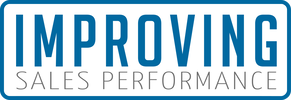
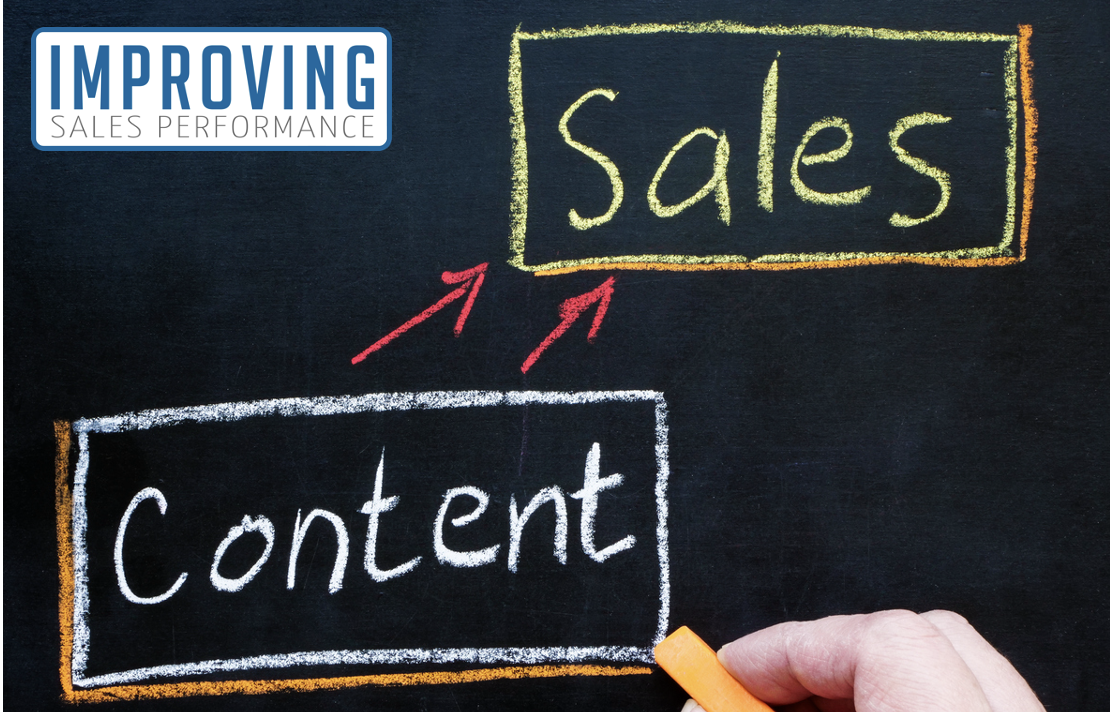
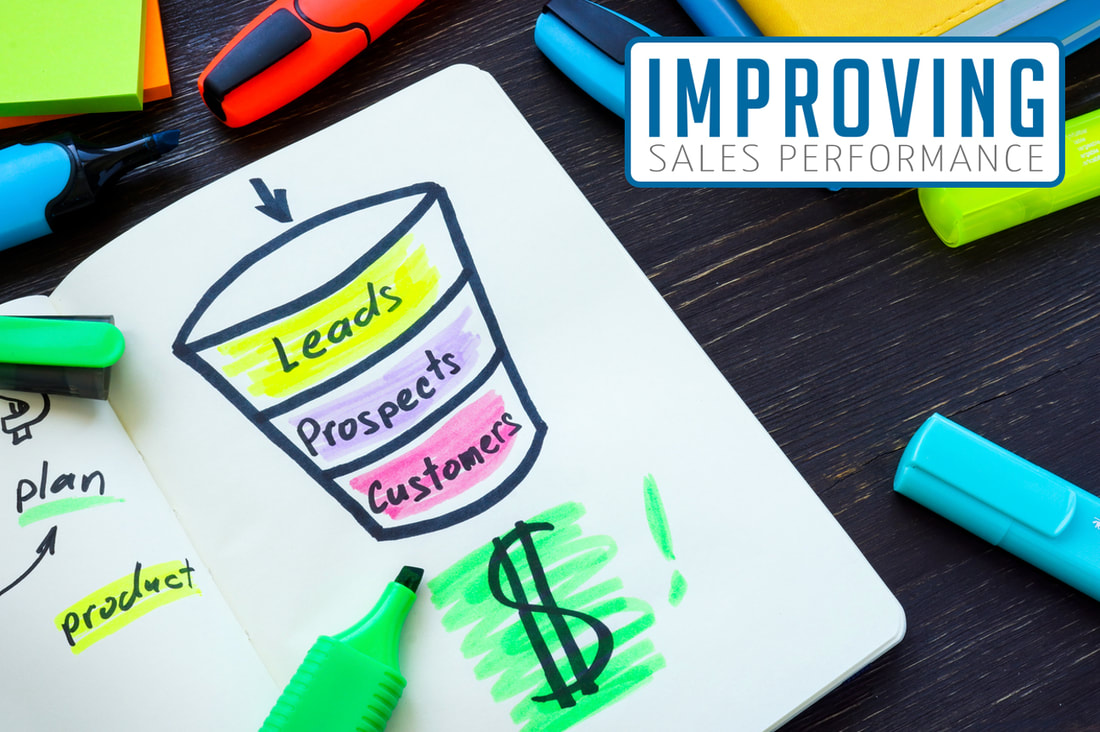
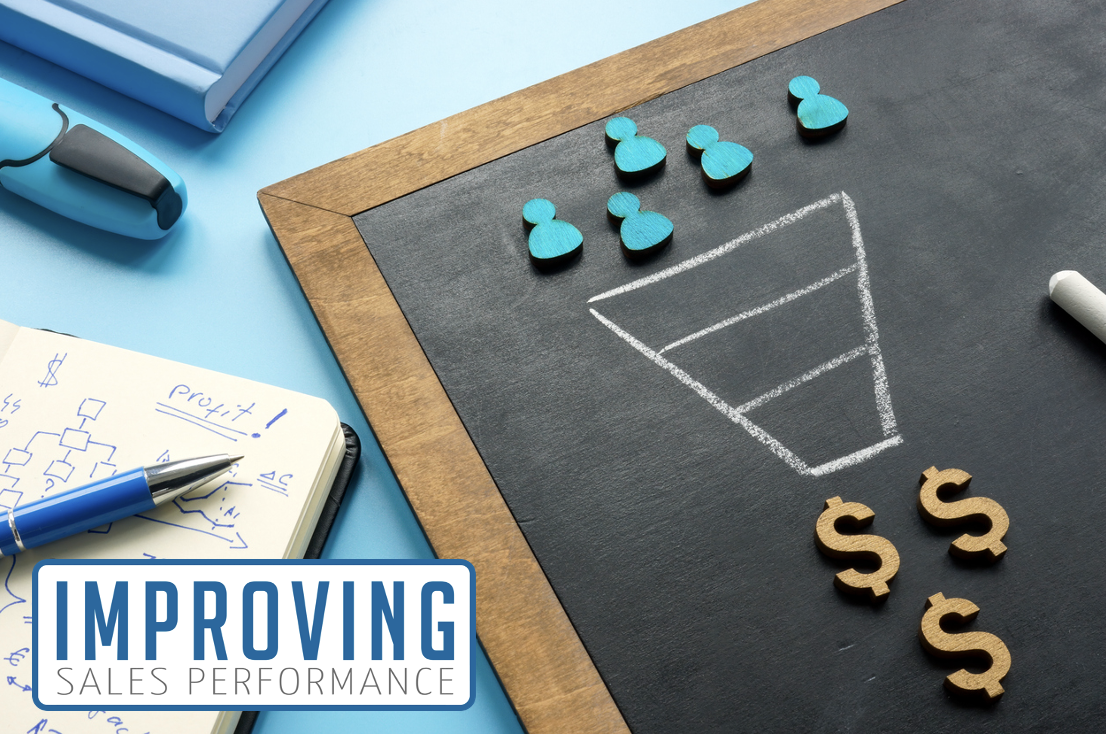
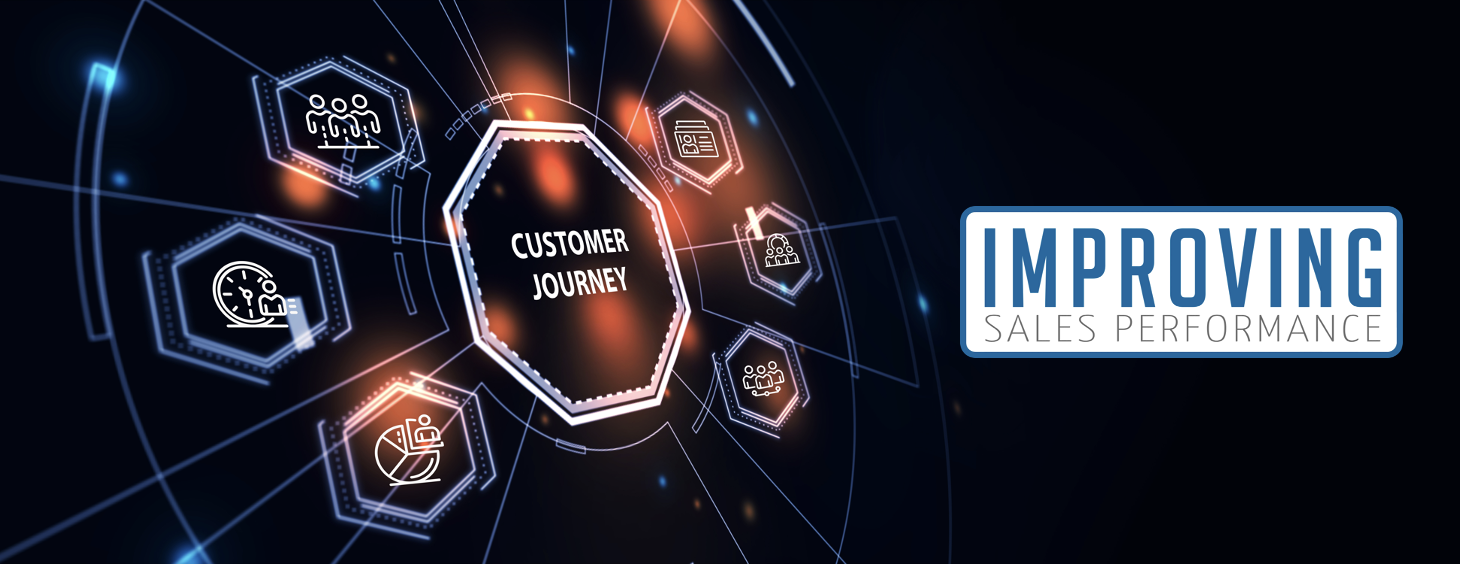

 RSS Feed
RSS Feed
